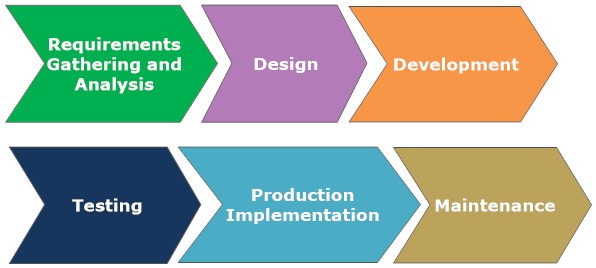Palazon, the custom software developer in Singapore since year 1997, is able to meet all your business needs by providing flexible IT solutions. We understand that every business is different; from business goals to its processes, users and clients. That is why off the shelf software do not work sometimes because they do not address many special needs of the business.
Basic ground assessments and fact finding will be professionally handled by our consultants. They specialize in understanding the needs of your business processes and recommending suitable IT solutions. They also make it easy for you to understand IT technicalities so as to better help in making informed choices for your business.
Our designers are able to create interfaces and layouts that are user-friendly and simple to use, reducing the learning curve of the system for its users. Employing the latest technologies and coding practices is what our programmers do best. This is in line with our goal of ensuring scalability for your future needs as well as keeping the customised software relevant and up to date.
To ensure the development is done in time and in good quality, some standard phases will be applied in the custom software development projects. Basically include the following phases: Requirements Gathering and Analysis, Design, Development, Testing, Production Implementation, and Maintenance.

1) Requirements Gathering and Analysis
This is the 1st and very important phase in software development. We will have meetings with your project team, to understand the project objective, existing business logics, pain points and prospects. Then analyze the existing & new business workflows, identify any risks and offer strategies for risk mitigation, eventually to document the whole picture of the desired systems’ requirements, which serves as the guide of project proposal.
2) Custom Software Design
In this phase, a software design specification (SDS) for this custom software will be created based on the system requirements. Our system architect will design the overall system architecture, including software and hardware. We will break down the details of system functionalities, workflows, database structure, resources to be assigned, project timelines & milestones, technologies applied, and test strategy, etc. This serves as input for the whole development processes.
3) Development
After SDS done and approved, we will start the development phase. According to the design specifications, the functionalities/modules to be broken down into some parts. We can deliver these partial releases to customer for preview. This is to provide interim results to customer, so it will ensure the development is on the right track. Normally this is the longest phase, the team includes roles of project manager, UI and UX designers, programmers and test engineers.
4) Testing
After the development release done, some testing activities to be conducted to make sure the features created meet the functionalities & design specifications. It will include many types of functional and non-functional testing, such as unit testing, integration testing, system testing and user acceptance test (UAT). Except UAT is done by client, all other testing to be done by our test engineers in Quality Control (QC) department. The development team will also do some amendments and revisions based on the test results.
5) Production Implementation
We will deploy the custom software system to the production server after UAT successfully done. The implementation includes deployment of the application files and database, ensure the system up and running on the production server. Depends on the service scope, we can also provide the services such as setup and configuration of the web server, database server and DNS server, deliver the technical documents and user manuals.
6) Maintenance
After the system fully launched, then goes to the maintenance period. The maintenance services include bugs and errors fixing, routine check, system performance monitoring & optimization, backup and disaster recovery.
For more information on ERP solutions, please click here.